Dealing with a giant relic of our industrial past

The former Interfloor factory sits next to a main road into Dumfries
- Published
If you have ever driven south to Dumfries you will have probably passed a giant, crumbling reminder of the area's industrial past.
Just to the north of the town stands a factory which has produced cars, aircraft and wellington boots in its time.
Now the site, which has carried the name of numerous different operators - the last of them Interfloor - is in terminal decline and a source of safety fears due to regular break-ins.
But what could the future hold for what was once a pioneering factory, now that it has fallen on the hardest times?

Jayne Pringle lives a short distance from the abandoned site
Jayne Pringle has lived a little more than the distance of a well-flung wellie boot from the site for the past 20 years.
She grew up in the area and, along with many members of her family, worked at the factory for a time.
She remembers its glory days when it provided a living for people in nearby Locharbriggs, Heathhall, and further afield.
"It kept a roof over a lot of people's heads to be honest, because it was really busy," Jayne recalled.
"I remember, if you drove by when they were shutting at night or there was a shift that was changing, there were people crossing the road at all places.
"The car park was full of cars and the factory shop would be busy."
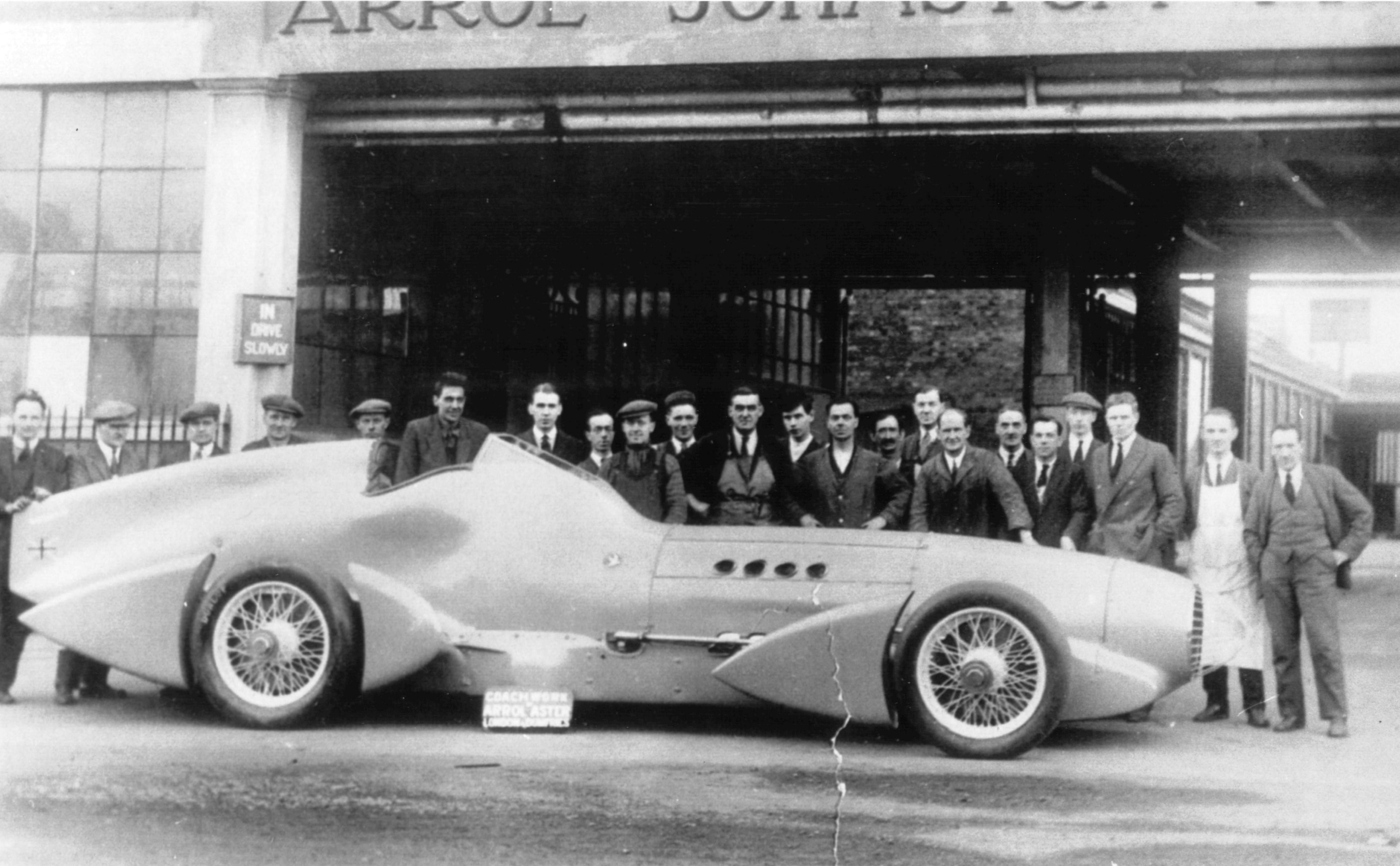
The site started life as a car factory, famously working on Donald Campbell's Bluebird
She said it had been "quite sad" to see the decline after companies had abandoned the site.
However, that does not mean she is sentimental about its fate.
"I really think I would like to see it just knocked down and cleared because you look out your window and all you see is the broken windows, the fire damage, the trees growing out the roof," she explained.
"It's just bricks and mortar really, I'm kind of like that.
"I'm from a family of builders and that was their kind of thing, well, 'it's bricks and mortar'."

Despite fencing there are regular break-ins and vandalism at the site
Jayne also said it had become a "waste or resources" for emergency services called out to reports of people breaking in.
She said: "I've actually given up phoning about it because I just think well, what can I do?
"I really feel as well, that maybe nothing's going to happen until somebody's killed or seriously injured.
"They're on the roof and, if they fall through the roof, it's like three or four floors."
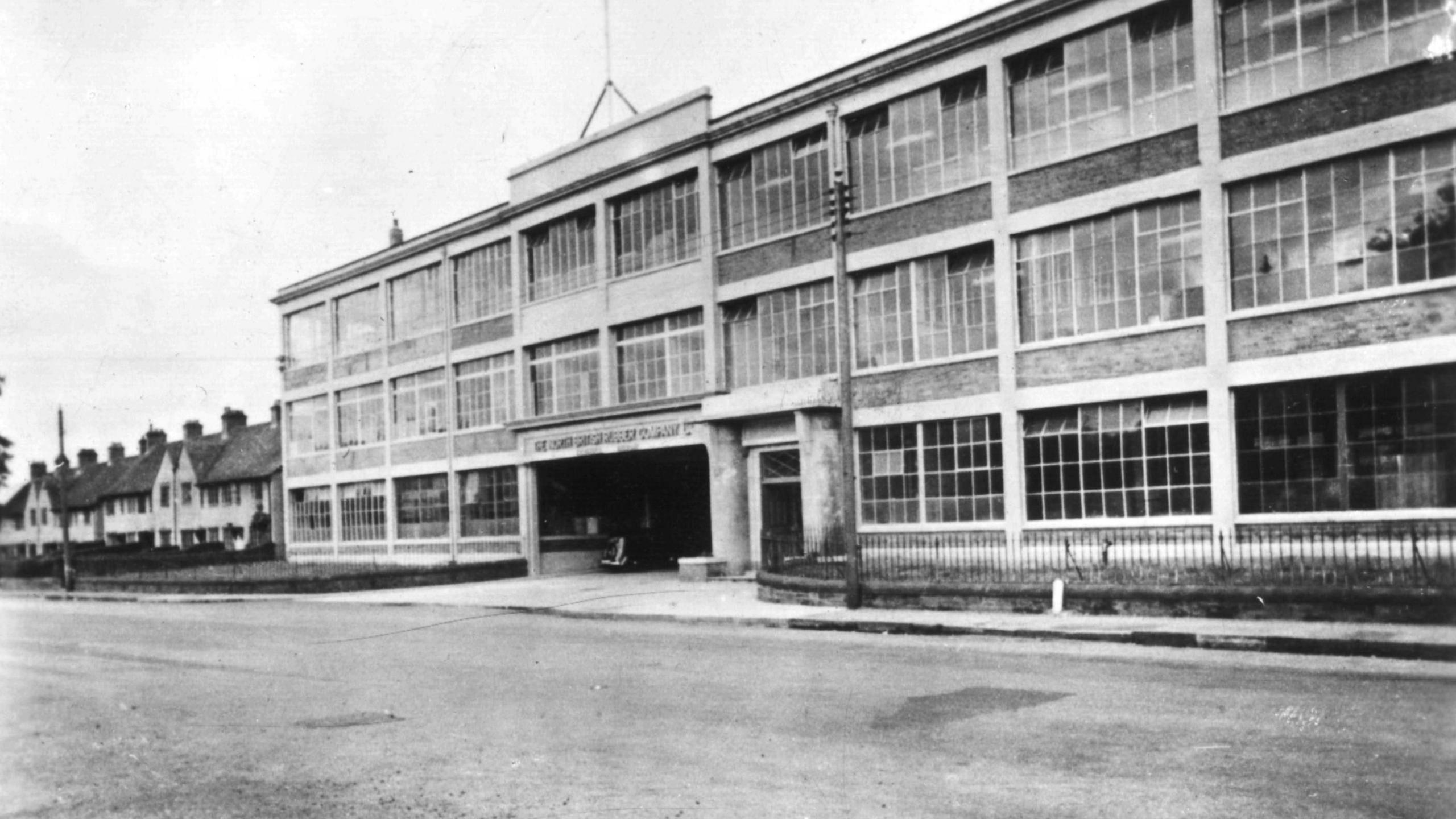
At its peak the factory provided employment for hundreds of people from the area
Jayne said demolition or a major clean-up would make a huge difference to the area.
She said all she wanted was something "half decent" like a "nice wee park or something" but everyone agreed something needed to be done.
"I don't think I've ever spoken to anybody who hasn't agreed it's an eyesore," she added.
"But they can't seem to do anything about it and it's just so annoying."

A range of products - including wellies - were produced at the site
From a historical standpoint, the site is important.
It was built after key figures from the Scottish car company Arrol-Johnston visited Detroit in 1912 to study production at Ford's Highland Park facility.
Historic Environment Scotland (HES) said it was the first example of its kind in Scotland of a "daylight factory" using Truscon (Trussed Concrete Steel Co) reinforced concrete systems.
Car production only lasted a couple of decades with work also carried out on Sir Malcolm Campbell's Bluebird, which held the world land speed record.
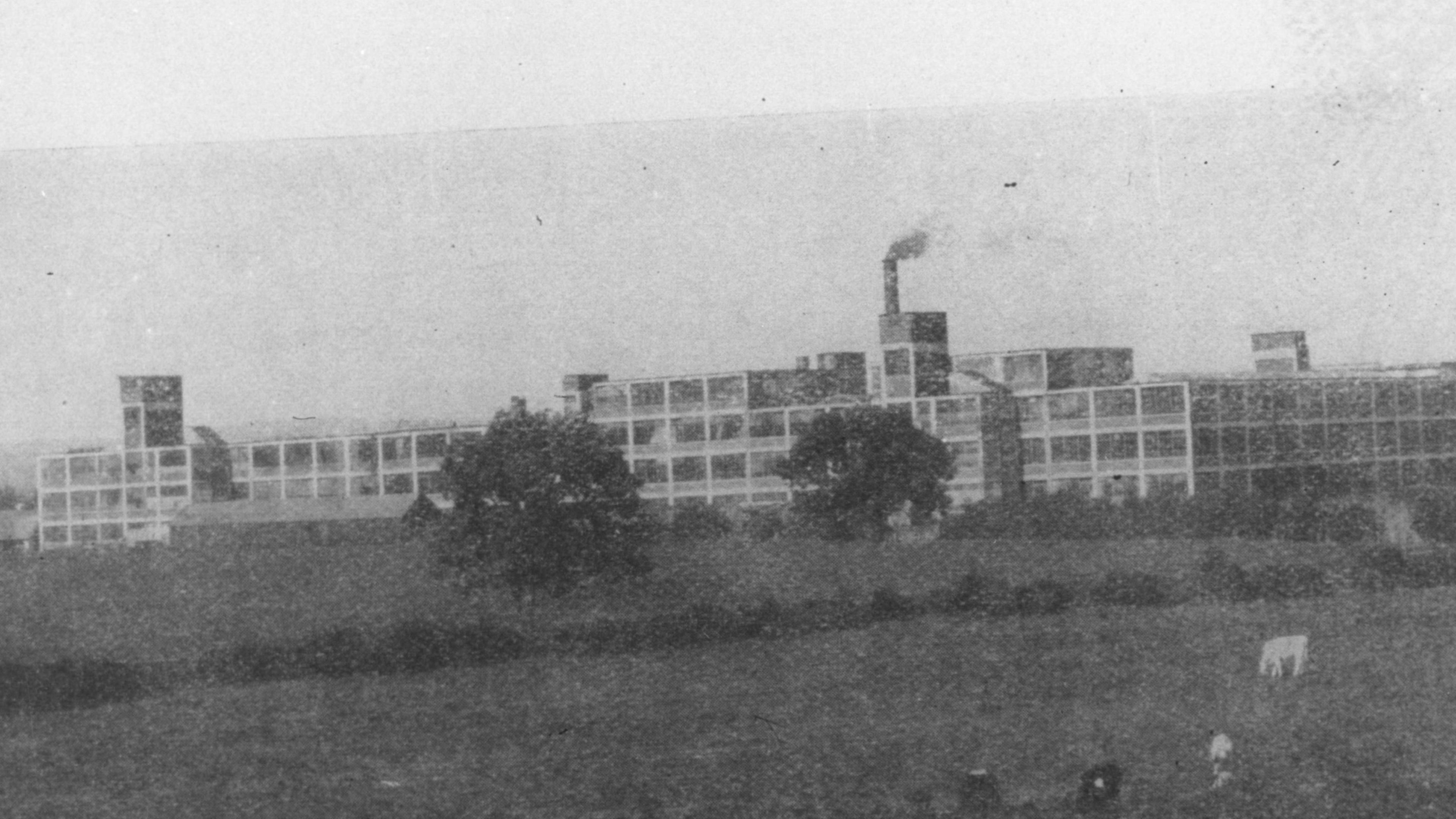
The factory has gone by many different names down the years
During World War II, the factory was converted to produce aircraft engines and, ultimately, whole aircraft.
Later, it became a specialist rubber works for a range of companies and produced a variety of products, including Hunter Boots.
Hunter left in 2008, and Interfloor followed suit a few years later leaving the site vacant.
Mark Watson, of the industrial heritage team at (HES), said the old factory remained a building worth preserving.
"Besides the importance of using existing buildings for the carbon already embodied in them - so reducing the impact on climate change that results from new-build - there is a remarkable story to tell about this building in Dumfries," he said.
Get in touch
What should be done with the old Interfloor building?

Many of the windows have been smashed at the site
In the meantime, though, it is a headache for police and PC Alistair Hope said efforts to stop people getting into the site were ongoing.
"The dangers and risks around entering disused and abandoned buildings are well-documented," he said.
"We are aware of reports of young people entering the former Interfloor factory and we regularly patrol the site to deter this behaviour.
"We would encourage parents to speak to their children regarding the risks around entering abandoned buildings in an effort to deter this behaviour."

Break-ins to the factory are a regular issue
Dumfries and Galloway Council has been wrestling with the issue for some time but there may be some light at the end of the tunnel.
After years of trying to work with owners, a recent report to the local authority said that the company it had previously been dealing with had now been dissolved.
It means the factory is considered "bona vacantia" - ownerless - and falls to the Crown.
The council has started talks with the King's and Lord Treasurer's Remembrancer (KLTR) which has authority to deal with the property.
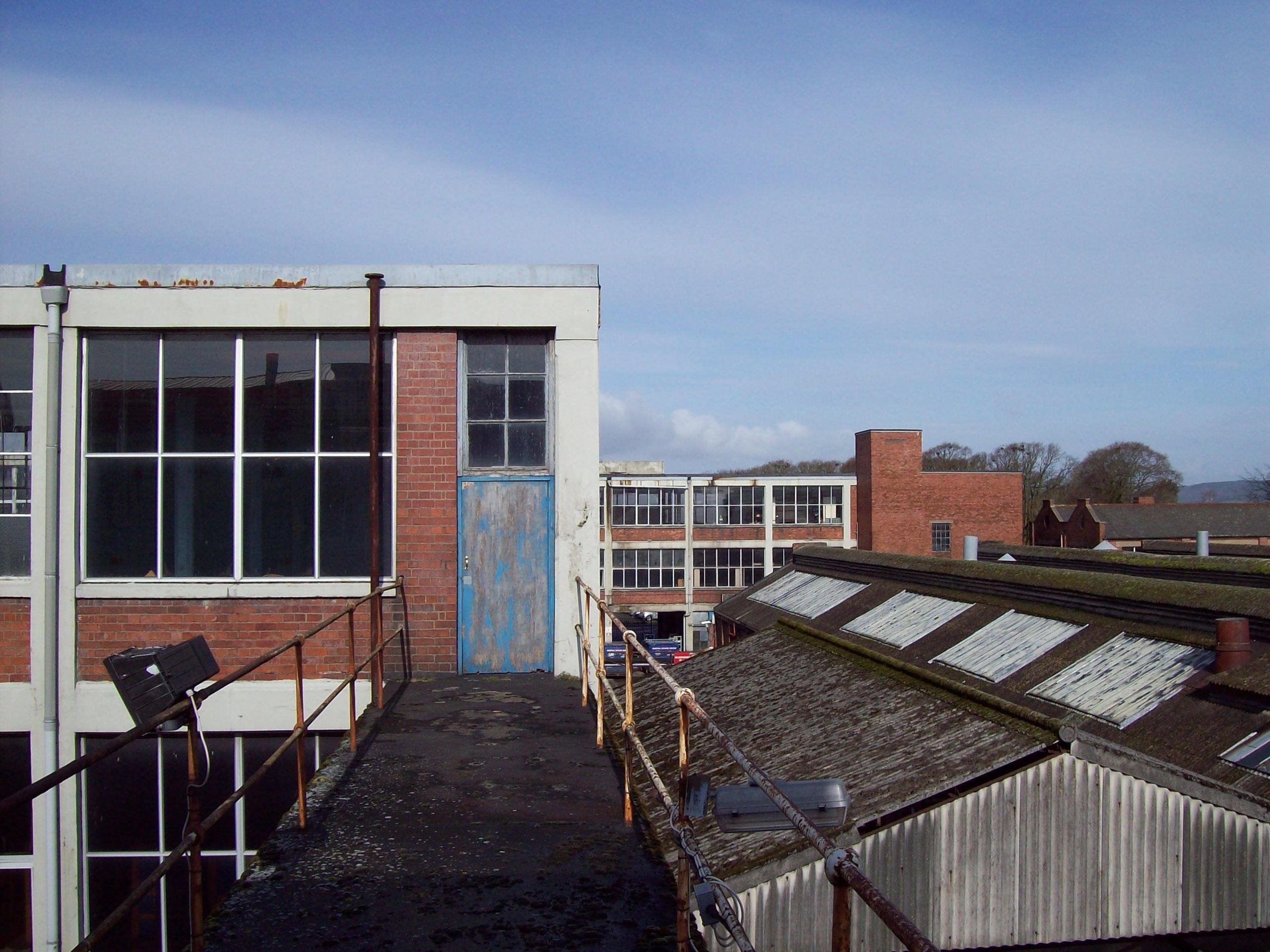
Some intruders have been seen on the roof of the building
Under its Ownerless Property Transfer Scheme (OPTS) public bodies can acquire a building at a price "often well below market value".
The KLTR confirmed it had notified Dumfries and Galloway Council and South of Scotland Enterprise of that possibility.
It said the local authority had until February next year to consider whether to consider making an application to acquire the site.
That could open the door to finding a sustainable regeneration opportunity.
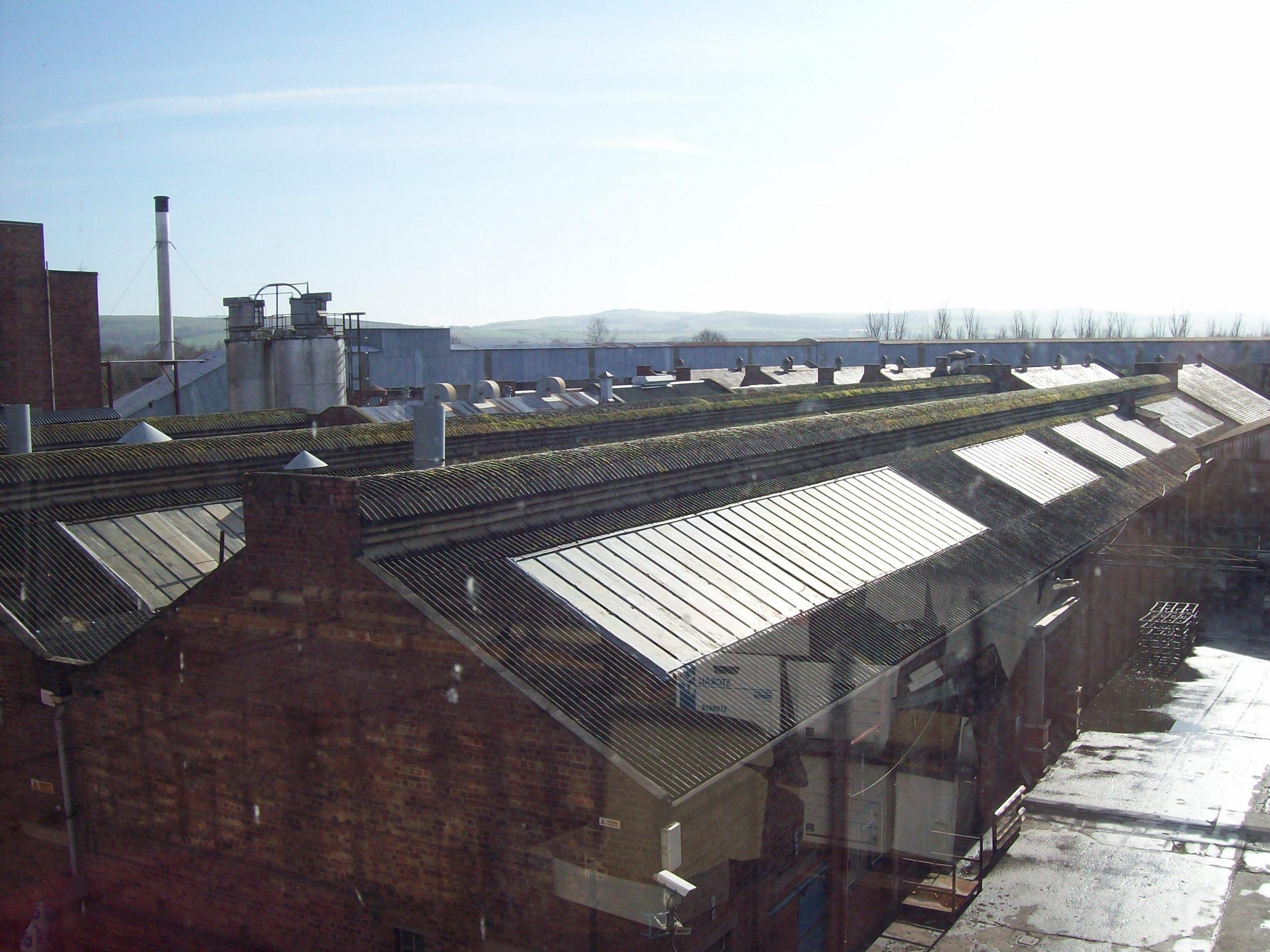
It is hoped a new use can be found for the building
For now, though, the council regularly inspects and repairs fencing it has put up in what it admits is an "extremely challenging situation".
Another report on the subject is expected in the new year and then, perhaps, a fresh direction for the old car factory.
Related topics
- Published29 March 2013